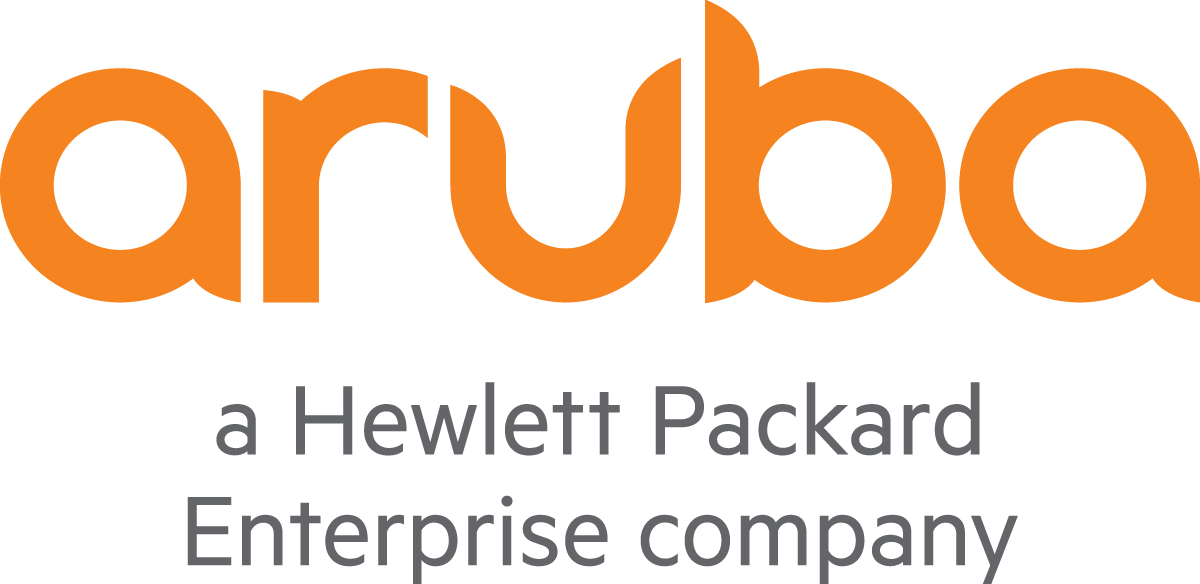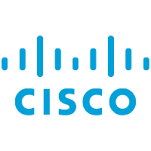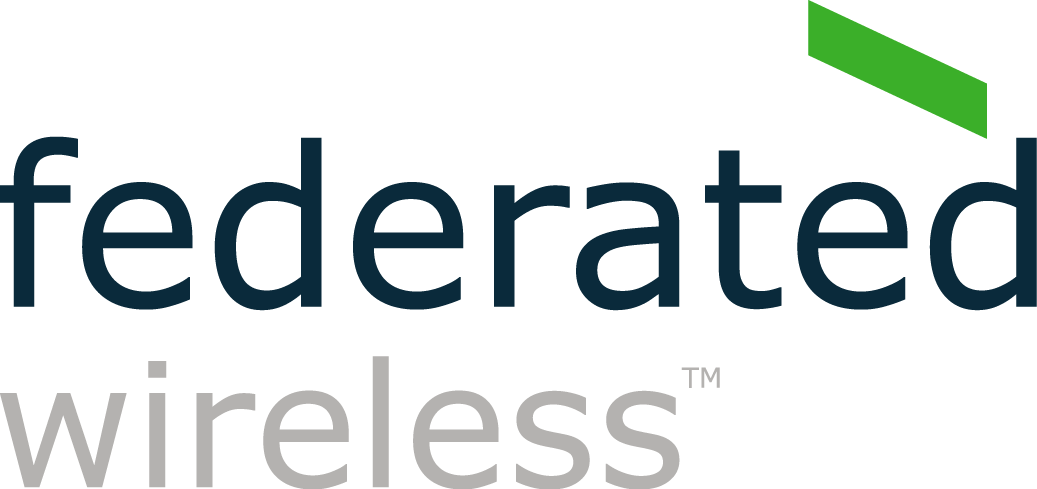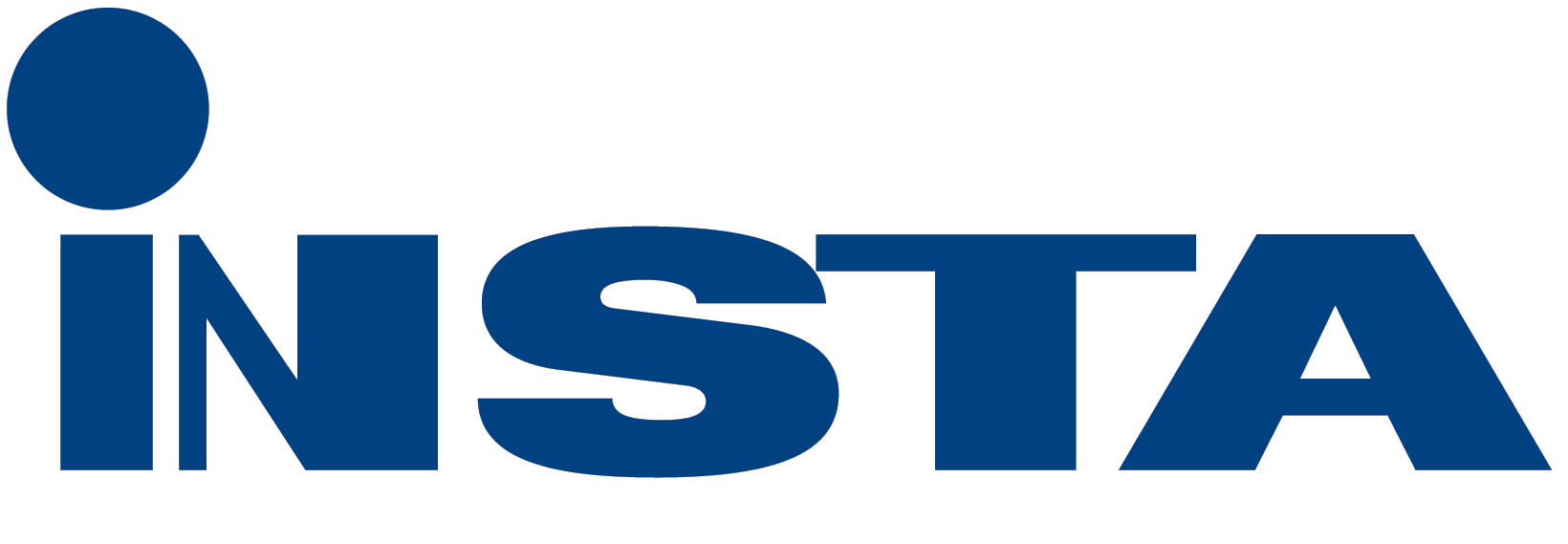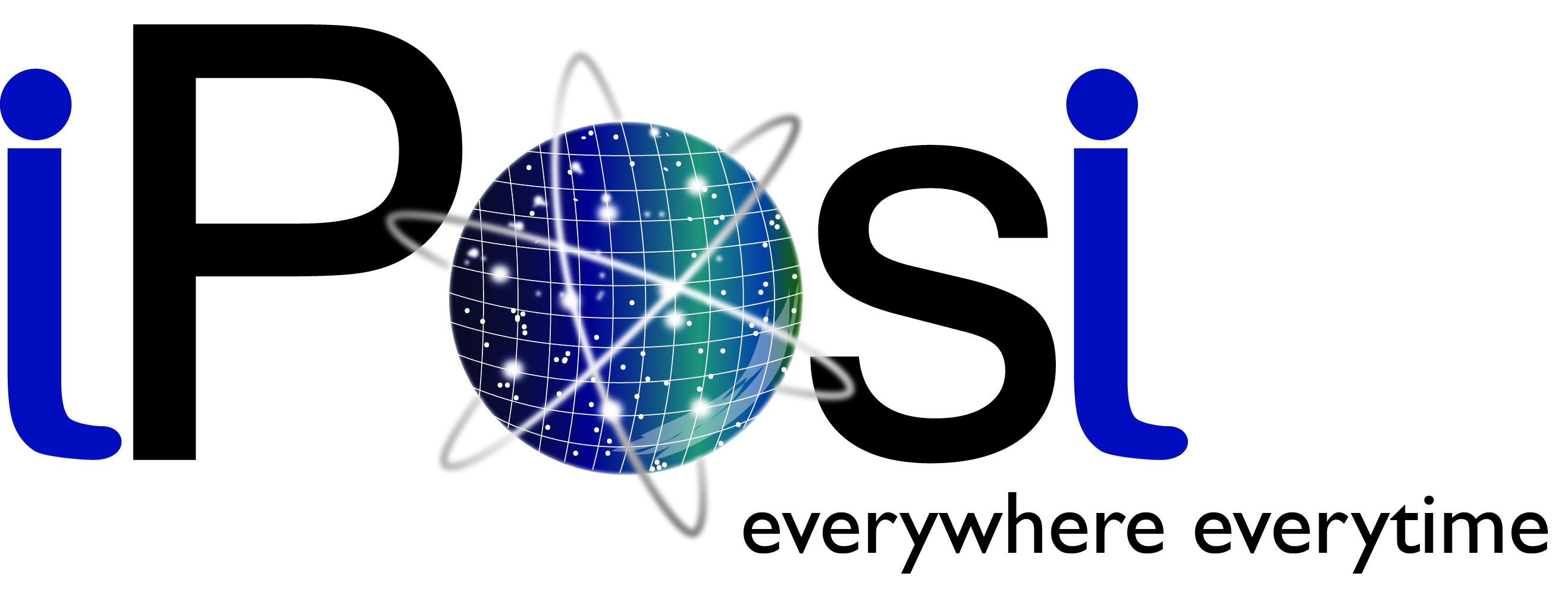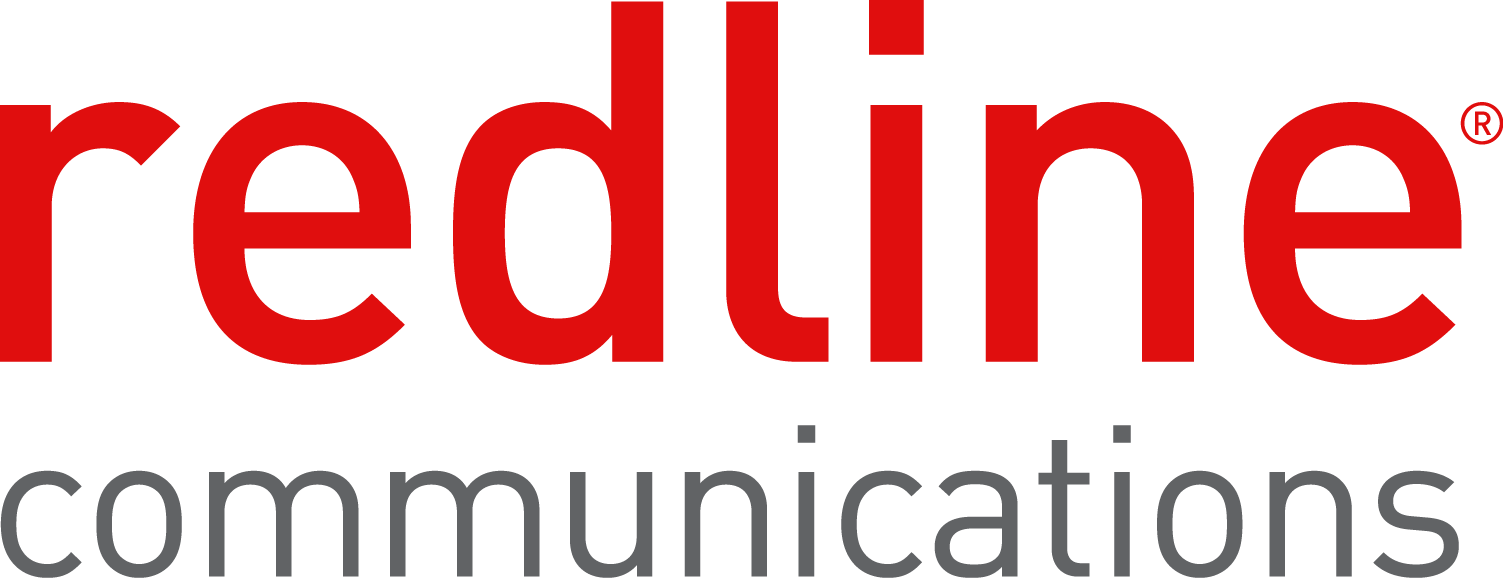CBRS Ecosystem FAQsQ: How do I get my Citizens Broadband Radio Service Device (CBSD) certified? A: To get your equipment certified through our CBSD certification program, then you MUST get your test lab accredited to run the Wireless Innovation Forum protocol testing. To learn more about this program, please visit https://cbrs.wirelessinnovation.org/cbsd-certification-program
Q: How do I become a Certified Professional Installer for Citizens Broadband Radio Service Devices (CBSDs)? A: In order to meet the FCC Part 96 rules, Certified Professional Installers (CPIs) must be trained and currently certified. The WInnForum’s CPI Accreditation Standard provides a working outline of how training programs for CPI will be achieved as well as what CBSDs need certification, CPI responsibilities, and more. To learn more about this program, please visit https://cbrs.wirelessinnovation.org/cpi-program-administrator
Q: Where can I find information on the Citizens Broadband Radio Service (CBRS) standards? A: The Wireless Innovation Forum (WInnForum) completed the ten standards comprising the baseline specifications for commercial operations within the 3.5 GHz Citizens Broadband Radio Service (CBRS) band in 2019 and is currently developing Release 2 features standards. To learn more about these standards, please visit https://cbrs.wirelessinnovation.org/standards
Q: What is a Spectrum Access System (SAS)? A: A Spectrum Access System, or SAS, is a system that maintains records of all authorized services and CBSDs in the Citizens Broadband Radio Service frequency bands, is capable of determining the available channel at a specific geographic location, provides information on available channels to CBSDs that have been certified under the Commission’s equipment authorization procedures, determines and enforces maximum power levels for CBSDs, and enforces protection criteria for Incumbent Users and Priority Access Licensees, and performs other functions as set forth in the Federal Communications Commission (FCC) rules. Spectrum Access Systems shall also refer to multiple Spectrum Access Systems operating in coordination and in accordance with Part 96. To learn more about Spectrum Access Systems, please visit https://cbrs.wirelessinnovation.org/acronyms
Q: How do I transfer into Citizens Broadband Radio Service (CBRS) band (Part 90 to 96 transition)? A: Check the date of your Part 90 license against the language in Part 90. Many licenses would have sunsetted (expired) as of April 17, 2020. However, the FCC issued its March 19 Public Notice on its own order and has extended Part 90 operations to October 17th, 2020. If you have a current Part 90 Subpart Z 3.65 GHz NN license, and it remains current, and, you are registered for Grandfathered Wireless protection in CBRS, you may not be able to operate in CBRS in the same geography and frequencies. To learn more about this transition, please visit https://bit.ly/Part90to96webinarslides
Q: What are the licensing requirements in the Citizens Broadband Radio Service (CBRS)? A: Commercial Operators in the U.S. 3550-3700 MHz Citizens Broadband Radio Service (CBRS) Band are required to follow Wireless Innovation Forum Specification WINNF-TS-0112. More information on this specification can be found at https://winnf.memberclicks.net/assets/CBRS/WINNF-TS-0112.pdf
Q: What is the difference between General Authorized Access (GAA) and Priority Access License (PAL)? A: The Citizens Broadband Radio service (CBRS) is the 3550-3700 MHZ spectrum band allocated for public use by the FCC. The underlying standards for this three-tiered access system have been developed by the Wireless Innovation Forum (WInnForum), a multi-stakeholder group. The three tiers include, in order of lowest to highest levels of interference protection: General Authorized Access (GAA), Priority Access License (PAL) and Incumbent Primary Access. You can learn more about the differences between these tiers at https://winnf.memberclicks.net/assets/CBRS/WINNF-TS-0112.pdf
Q: Do I have to get a license to join the Citizens Broadband Radio Service (CBSD) band? A: Yes, technologies used in the CBRS band need to be licensed. To learn more about CBRS band licensing, please visit https://cbrs.wirelessinnovation.org/cbrs-technology-registration
Q: Are there costs associated with being in the Citizens Broadband Radio Service (CBRS) band? A: Yes. To determine costs of operating in the band, please contact a Spectrum Access System (SAS) administrator at https://cbrs.wirelessinnovation.org/sas-administrators |




